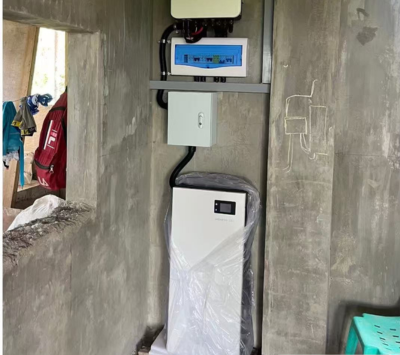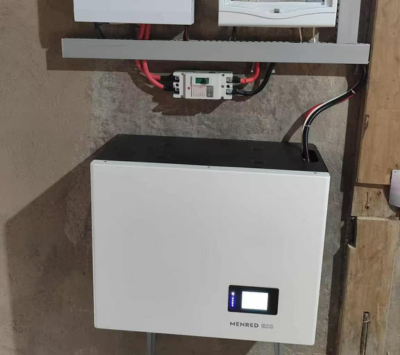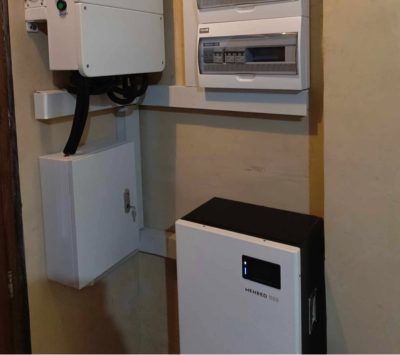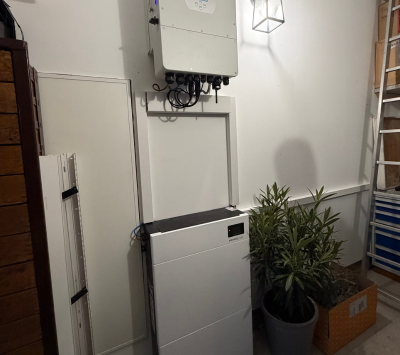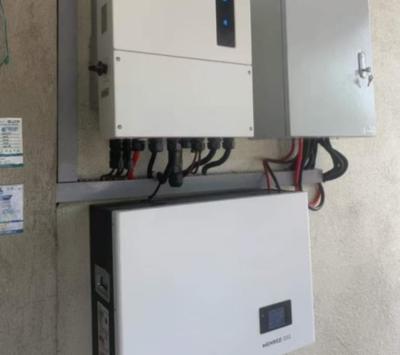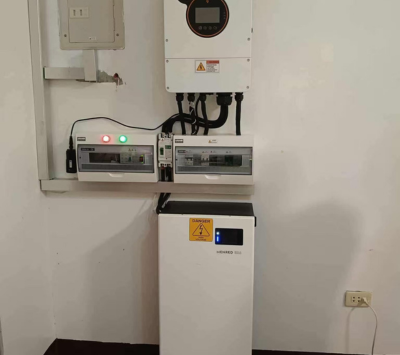Table of Contents
- Introduction
- The Customer’s Setup
- How the Connection Works
- Benefits of Proper Battery-Inverter Connection
- System Integration
- Conclusion
Introduction
Connecting an inverter to a battery is a key step in building an efficient energy storage system. This article explores a customer case study that demonstrates how to correctly connect Menred LFP.6144.G3 batteries to Solis inverters, ensuring smooth operation and optimized energy management.
The Customer’s Setup
The customer installed two Solis S6-EH1P8K-L-PRO inverters, each with an output of 8 kW, and connected them to two Menred LFP.6144.G3 batteries. Each battery has a storage capacity of 18.43 kWh, providing a total of 36.86 kWh. This setup required a precise connection process to ensure the system functioned effectively.
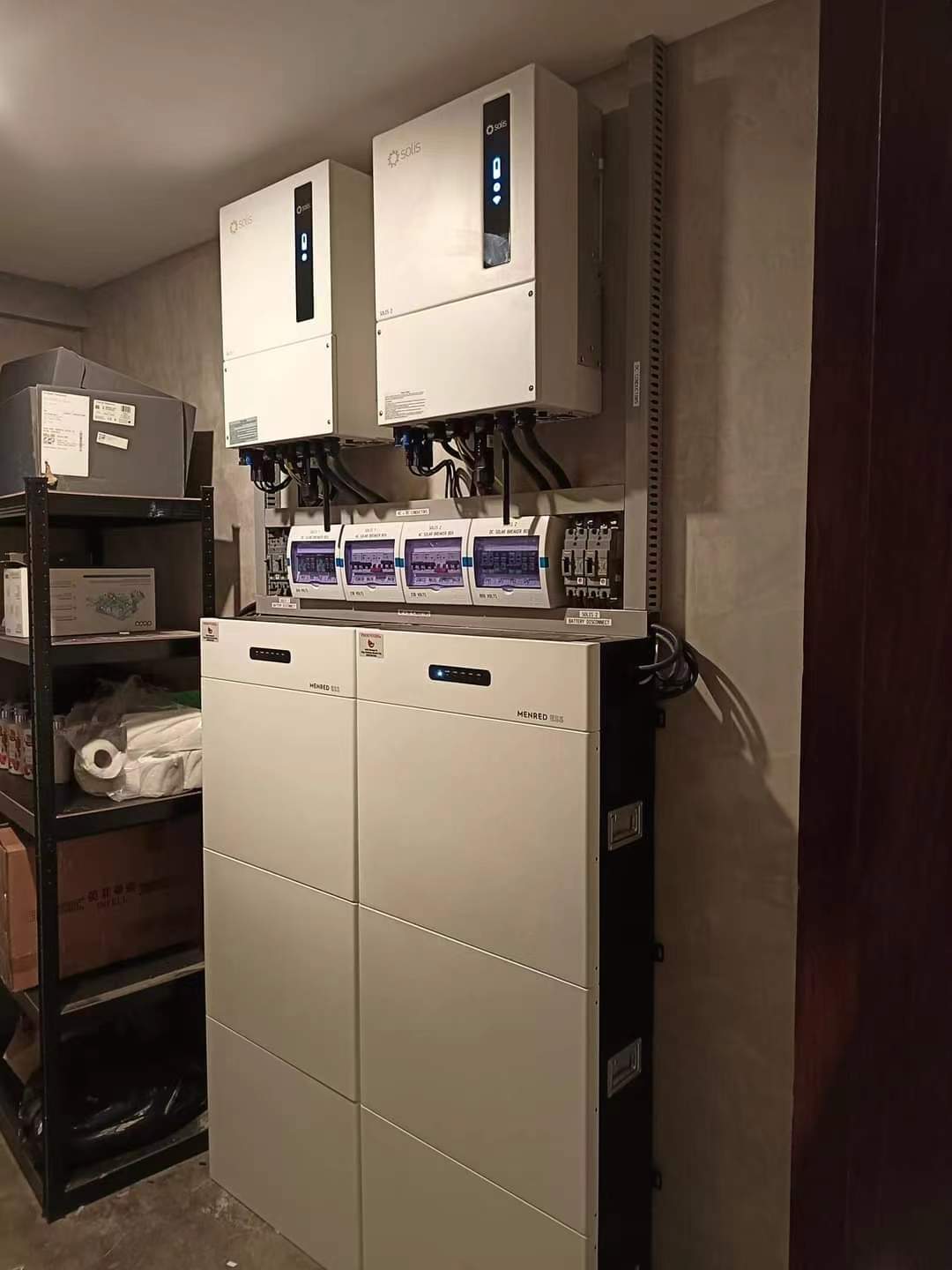
How the Connection Works
To properly connect the inverter to the battery, follow these steps:
- Safety First: Disconnect all power sources and wear protective gear.
- Prepare Cables: Use appropriate DC cables for the power connection, ensuring the correct cable size.
- Connect Terminals: Attach the positive and negative terminals of the battery to the corresponding inputs on the inverter.
- Communication Cable: Connect the RS485/CAN communication cable between the battery and the inverter to enable data exchange and control.
- Grounding: Ground the system properly for safety.
- Power Up: Confirm all connections and power on the system.
Benefits of Proper Battery-Inverter Connection
- Efficient Energy Conversion: A correct connection ensures the inverter can efficiently convert DC energy from the battery into AC energy for household use.
- Optimized Performance: Secure connections reduce energy loss, allowing the system to function at its highest capacity.
- Safety: Proper installation minimizes the risk of electrical shorts, overheating, or damage to the equipment.
- System Longevity: Following proper connection procedures extends the lifespan of both the inverter and the battery.
System Integration
In this case study, the customer successfully connected the Menred LFP.6144.G3 batteries to Solis inverters, creating a seamless energy system. Proper wiring and connection procedures allowed the system to provide 16 kW of total inverter output, with 36.86 kWh of storage capacity. This integrated setup ensures efficient energy storage, conversion, and management.
Conclusion
Connecting an inverter to a battery, such as the Menred LFP.6144.G3, is a critical process that ensures the entire energy storage system functions efficiently. This case study demonstrates how correct installation, using proper cables and grounding, results in a reliable, high-performance energy solution. Whether for residential or commercial use, following these steps ensures energy independence, safety, and sustainability.

